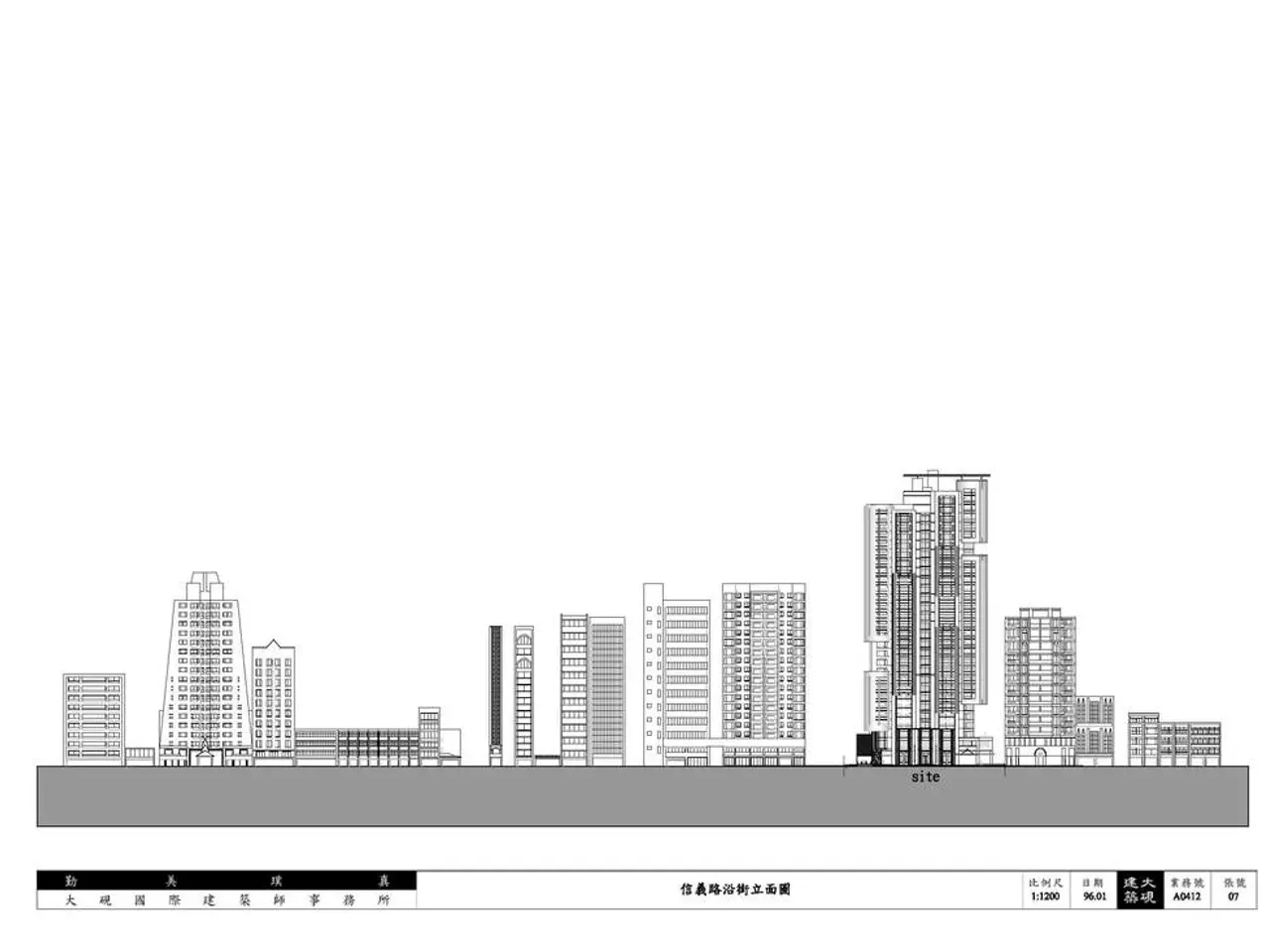Creative Computing Solutions
In the realm of architectural design, there's a growing need to reintegrate lateral thinking strategies, a process closely related to "divergent thinking" or "lateral thinking". This approach, manifested in a designer's ability to balance divergent and convergent thinking, can free architectural drawings from the tools of precision and retrieve their potential for generative, lateral thinking.
The integration of computers as collaborators in the design process, rather than mere tools, has become increasingly prevalent. Architects and researchers have recently explored the potential of machine learning algorithms, particularly Generative Adversarial Networks (GANs), in improving creative possibilities.
As our tools became more digital, the features and methods imposed by these tools have automatically and inadvertently constrained the possible design space. The proposed pipeline, if integrated into digital architectural tools, may enable us to incorporate lateral thinking into our current digital processes and pull our architectural tools out of the industrial era thinking.
The pipeline explores the latent space of a machine as an experimental digital environment to design 3D architectural structures. Many computational tools used by architects have their legacy in industrial disciplines such as automobile and manufacturing. Today's computational tools that lack these specific qualities could benefit from embedding artificial intelligence at the early stages of the architectural design process.
To initialize the virtual environment, a StyleGAN model is trained on 5000 architectural plans scraped from several different online sources. The pipeline allows for the generation of several different outputs which may not necessarily be immediately related to each other.
The results aim to act as examples of possible architectural process scenarios and as transitions between current ways to speculative ways of designing. Such an approach may open new opportunities to design and inspire new spatial and formal concepts. In this process, the machine acts as an active player in the design output rather than as merely a means to an end.
The pipeline is not meant to be the sole driver for an architectural project. The expertise of an architect is required to translate those forms into meaningful architecture proposals. The virtual environment generated serves as an alternative space to the environments of our current computational tools such as Rhino and AutoCAD.
While direct examples in architecture are emerging, leveraging AI methods like reinforcement learning and conversational AI allows for dynamic exploration of design spaces, simulating lateral thinking's "outside-the-box" problem-solving in computational form. This generates diverse and innovative architectural proposals that might not emerge from linear human reasoning alone.
In summary, lateral thinking strategies in AI-driven architectural design tools enable creative idea generation and rapid, collaborative iteration, broadly advancing design innovation, efficiency, and solution quality. The potential benefits include enhanced creativity and innovation, faster prototyping and iteration, cross-disciplinary collaboration, and automated integration of complex design considerations.
- The integration of artificial intelligence (AI) into the architectural design process, particularly with the use of machine learning algorithms like Generative Adversarial Networks (GANs), is demonstrating promising results in improving creative possibilities.
- With the aid of technology and data-and-cloud-computing, such as the StyleGAN model, training on a large dataset of 3D architectural structures opens new opportunities for education-and-self-development and personal-growth in the field of architectural design.
- By employing AI methods like reinforcement learning and conversational AI, architects can achieve learning through dynamic exploration of design spaces, having the potential to expand their approach to unique and innovative architectural proposals, thereby fostering design innovation and quality.




